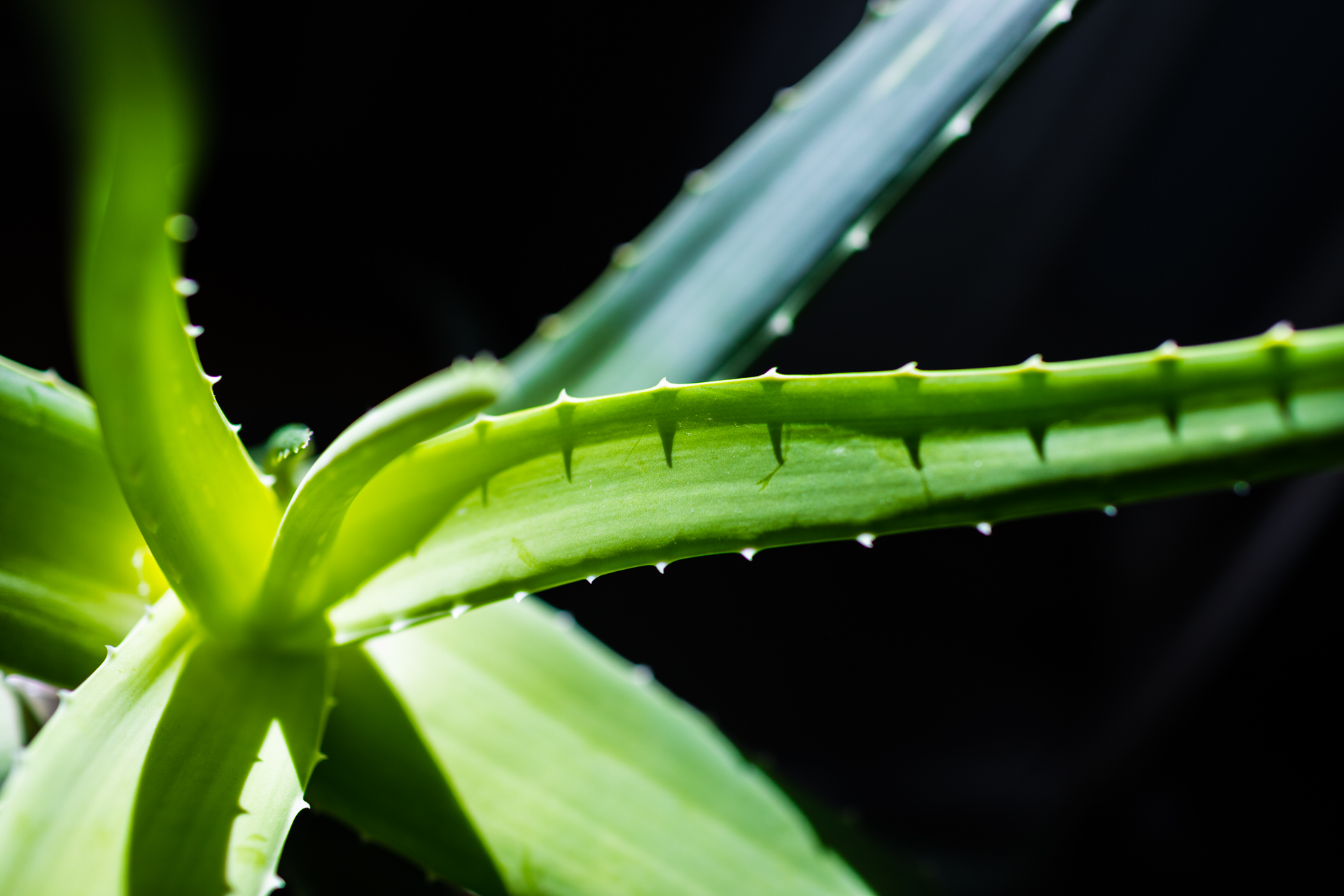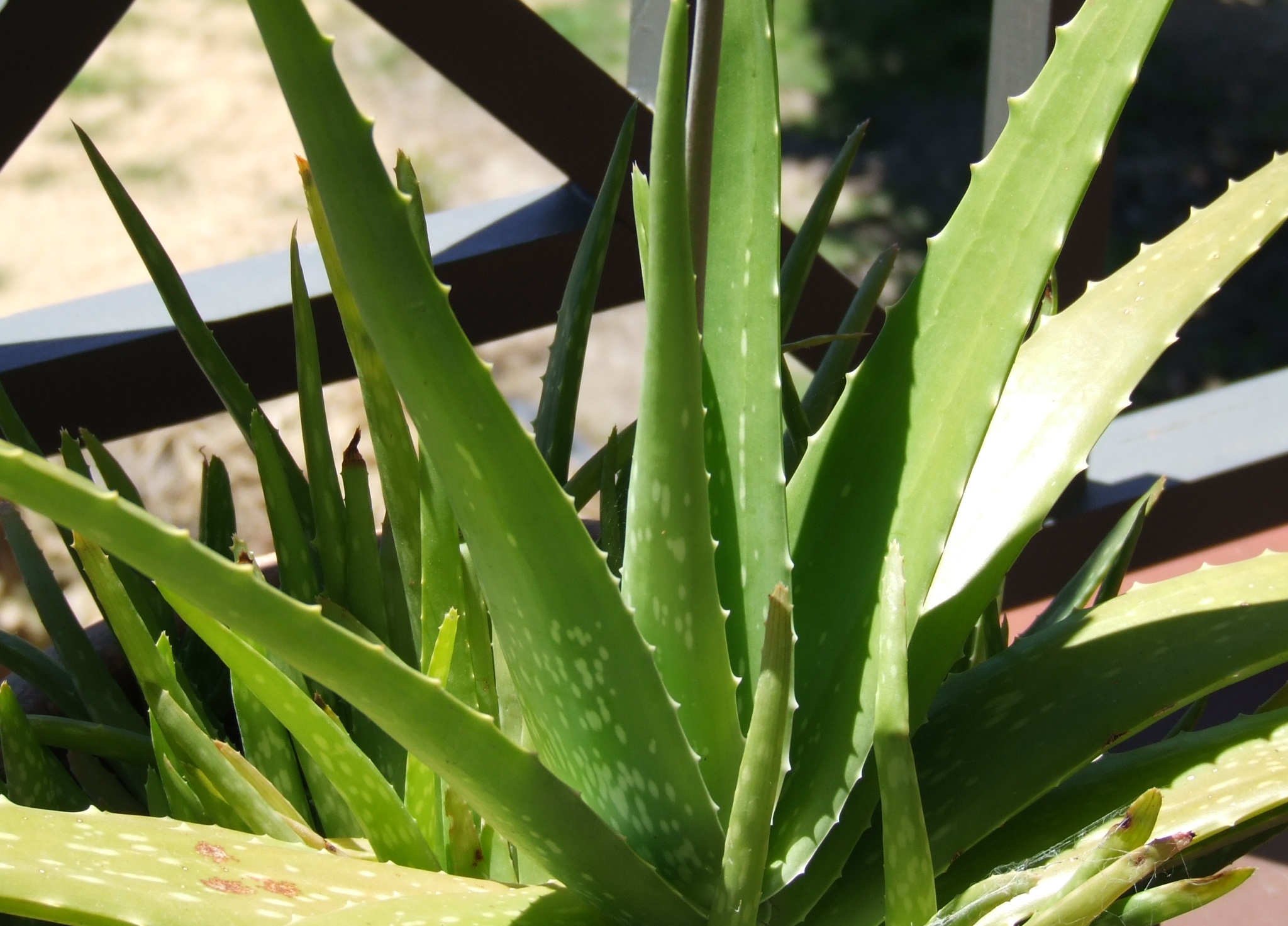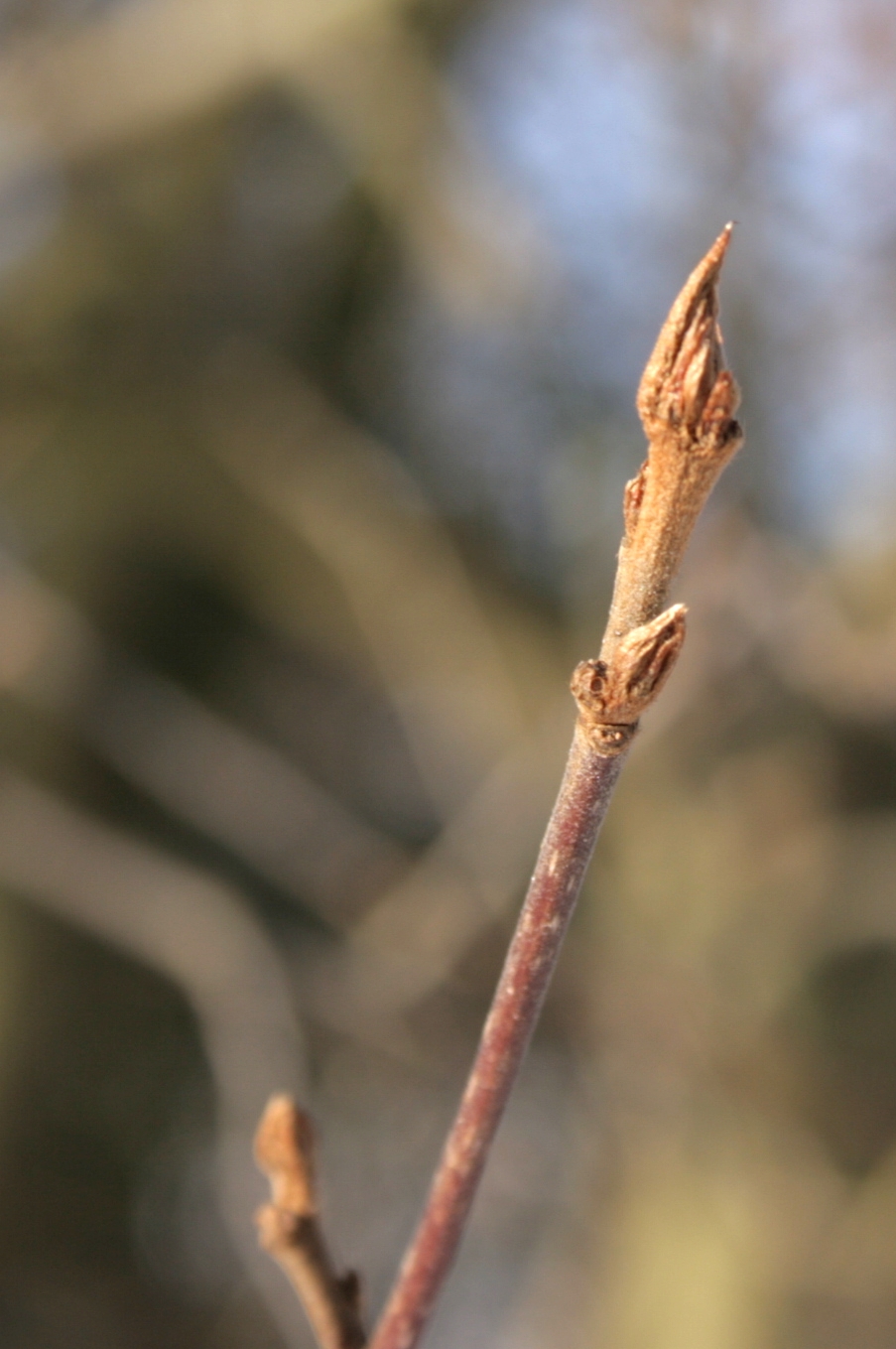|
Aloe-emodin
Aloe emodin (1,8-dihydroxy-3-(hydroxymethyl)anthraquinone) is an anthraquinone and an isomer of emodin present in aloe latex, an exudate from the aloe plant. It has a strong stimulant-laxative action. Aloe emodin is not carcinogenic when applied to the skin, although it may increase the carcinogenicity of some kind of radiation. Aloe emodin is found in the gel, sap or leaves of aloe vera, the socotrine aloe, Barbados aloe, and Zanzibar aloes, the bark of ''Frangula'' ('' Rhamnus frangula'') and cascara sagrada ('' Rhamnus purshiana''), the leaves of Senna (''Cassia angustifolia ''Senna alexandrina'' (Alexandrian senna, in Arabic عشرج or عشرق or سنامكي and see below) is an ornamental plant in the genus '' Senna''. It is used in herbalism. It grows natively in upper Egypt, especially in the Nubian region, a ...''), and the rhizome of rhubarb ('' Rheum rhaponticum''). Aloe-emodin has not been found in Natal aloes. References See also * Emodin {{Anthraqu ... [...More Info...] [...Related Items...] OR: [Wikipedia] [Google] [Baidu] |
Natural Anthraquinone
''For the parent molecule 9,10-anthraquinone, see anthraquinone'' Anthraquinones (also known as anthraquinonoids) are a class of naturally occurring phenolic compounds based on the 9,10-anthraquinone skeleton. They are widely used industrially and occur naturally. Occurrence in plants : Natural pigments that are derivatives of anthraquinone are found, inter alia, in aloe latex, senna (plant), senna, rhubarb, and rhamnus purshiana, cascara buckthorn, fungi, lichens, and some insects. A type II polyketide synthase is responsible for anthraquinone biosynthesis in the bacterium ''Photorhabdus luminescens''. Chorismate, formed by isochorismate synthase in the shikimate pathway, is a precursor of anthraquinones in ''Morinda citrifolia''. Tests for anthraquinones in natural extracts have been established. *Senna glycosides from the Senna (plant), senna. *Frangulin in Frangula alnus. *Aloe-emodin in aloe resin. *Carmine, a bright-red pigment derived from insects. *Hypericin and fagopyrin ... [...More Info...] [...Related Items...] OR: [Wikipedia] [Google] [Baidu] |
Emodin
Emodin (6-methyl-1,3,8-trihydroxyanthraquinone) is a chemical compound, of the anthraquinone family, that can be isolated from rhubarb, buckthorn, and Japanese knotweed (''Reynoutria japonica'' syn. ''Polygonum cuspidatum''). Emodin is particularly abundant in the roots of the Chinese rhubarb (Rheum palmatum), knotweed and knotgrass (Polygonum cuspidatum and multiflorum) as well as Hawaii ‘au‘auko‘i cassia seeds or coffee weed (Semen cassia). It is specifically isolated from Rheum palmatum L. It is also produced by many species of fungi, including members of the genera ''Aspergillus'', ''Pyrenochaeta'', and ''Pestalotiopsis'', inter alia. The common name is derived from ''Rheum emodi'', a taxonomic synonym of ''Rheum australe'', (Himalayan rhubarb) and synonyms include emodol, frangula emodin, rheum emodin, 3-methyl-1,6,8-trihydroxyanthraquinone, Schüttgelb (Schuttgelb), and Persian Berry Lake. Pharmacology Emodin is an active component of several plants used in Traditiona ... [...More Info...] [...Related Items...] OR: [Wikipedia] [Google] [Baidu] |
Aloe
''Aloe'' (; also written ''Aloë'') is a genus containing over 650 species of flowering succulent plants.WFO (2022): Aloe L. Published on the Internet;http://www.worldfloraonline.org/taxon/wfo-4000001341. Accessed on: 06 Nov 2022 The most widely known species is '' Aloe vera'', or "true aloe". It is called this because it is cultivated as the standard source for assorted pharmaceutical purposes. Other species, such as ''Aloe ferox'', are also cultivated or harvested from the wild for similar applications. The APG IV system (2016) places the genus in the family Asphodelaceae, subfamily Asphodeloideae. Within the subfamily it may be placed in the tribe Aloeae.Stevens, P.F. (2001 onwards).Asphodelaceae. ''Angiosperm Phylogeny Website''. Retrieved 2016-06-09. In the past, it has been assigned to the family Aloaceae (now included in the Asphodeloidae) or to a broadly circumscribed family Liliaceae (the lily family). The plant ''Agave americana'', which is sometimes called "Americ ... [...More Info...] [...Related Items...] OR: [Wikipedia] [Google] [Baidu] |
The Merck Index
''The Merck Index'' is an encyclopedia of chemicals, drugs and biologicals with over 10,000 monograph on single substances or groups of related compounds published online by the Royal Society of Chemistry. History The first edition of the Merck's Index was published in 1889 by the German chemical company Emanuel Merck and was primarily used as a sales catalog for Merck's growing list of chemicals it sold. The American subsidiary was established two years later and continued to publish it. During World War I the US government seized Merck's US operations and made it a separate American "Merck" company that continued to publish the Merck Index. In 2012 the Merck Index was licensed to the Royal Society of Chemistry. An online version of The Merck Index, including historic records and new updates not in the print edition, is commonly available through research libraries. It also includes an appendix with monographs on organic named reactions. The 15th edition was published in Apr ... [...More Info...] [...Related Items...] OR: [Wikipedia] [Google] [Baidu] |
Carcinogenic
A carcinogen is any substance, radionuclide, or radiation that promotes carcinogenesis (the formation of cancer). This may be due to the ability to damage the genome or to the disruption of cellular metabolic processes. Several radioactive substances are considered carcinogens, but their carcinogenic activity is attributed to the radiation, for example gamma rays and alpha particles, which they emit. Common examples of non-radioactive carcinogens are inhaled asbestos, certain dioxins, and tobacco smoke. Although the public generally associates carcinogenicity with synthetic chemicals, it is equally likely to arise from both natural and synthetic substances. Carcinogens are not necessarily immediately toxic; thus, their effect can be insidious. Carcinogens, as mentioned, are agents in the environment capable of contributing to cancer growth. Carcinogens can be categorized into two different types: activation-dependent and activation-independent, and each nature impacts their level ... [...More Info...] [...Related Items...] OR: [Wikipedia] [Google] [Baidu] |
Aloe Vera
''Aloe vera'' () is a succulent plant species of the genus ''Aloe''. It is widely distributed, and is considered an invasive species in many world regions. An evergreen perennial, it originates from the Arabian Peninsula, but grows wild in tropical, semi-tropical, and arid climates around the world. It is cultivated for commercial products, mainly as a topical treatment used over centuries. The species is attractive for decorative purposes, and succeeds indoors as a potted plant. It is used in many consumer products, including beverages, skin lotion, cosmetics, ointments or in the form of gel for minor burns and sunburns. There is little clinical evidence for the effectiveness or safety of ''Aloe vera'' extract as a cosmetic or topical drug, and oral ingestion has risk of toxicity. Etymology The genus name ''Aloe'' is derived from the Arabic word ''alloeh'', meaning "bitter and shiny substance" or from Hebrew ''ahalim'', plural of ''ahal''. The specific epithet ''vera'' ... [...More Info...] [...Related Items...] OR: [Wikipedia] [Google] [Baidu] |
Socotrine Aloe
''Aloe perryi'' (syn. ''Aloe forbesii'' Balf.f.; ''Aloe socotrina'') is a species of plant in the genus Aloe. It is endemic to the island of Socotra in Yemen, and is often known by its common name, Socotrine aloe.''Western Arabia and the Red Sea'', Naval Intelligence Division, London 2005, p. 208 ; John Hill, ''A History of the Materia Medica'', London 1751, p. 772 Distribution and habitat Its natural habitat is rocky areas. Widely distributed and in places abundant, it is one of three Aloe species that naturally occur on the island of Socotra, the other two being ''Aloe jawiyon'' and ''Aloe squarrosa ''Aloe squarrosa'' is a species of flowering plant in the Asphodelaceae family. It is from the island of Socotra, Yemen. Distribution and habitat ''Aloe squarrosa'' is endemic to the island of Socotra, Yemen. It is one of three Aloe species t ...''. Bitter aloes – the juice of ''Aloe perryi'' – has important pharmaceutical and medicinal properties. At present, it is under ... [...More Info...] [...Related Items...] OR: [Wikipedia] [Google] [Baidu] |
Barbados Aloe
''Aloe vera'' () is a succulent plant species of the genus '' Aloe''. It is widely distributed, and is considered an invasive species in many world regions. An evergreen perennial, it originates from the Arabian Peninsula, but grows wild in tropical, semi-tropical, and arid climates around the world. It is cultivated for commercial products, mainly as a topical treatment used over centuries. The species is attractive for decorative purposes, and succeeds indoors as a potted plant. It is used in many consumer products, including beverages, skin lotion, cosmetics, ointments or in the form of gel for minor burns and sunburns. There is little clinical evidence for the effectiveness or safety of ''Aloe vera'' extract as a cosmetic or topical drug, and oral ingestion has risk of toxicity. Etymology The genus name '' Aloe'' is derived from the Arabic word ''alloeh'', meaning "bitter and shiny substance" or from Hebrew ''ahalim'', plural of ''ahal''. The specific epithet ' ... [...More Info...] [...Related Items...] OR: [Wikipedia] [Google] [Baidu] |
Rhamnus Frangula
''Frangula alnus'', commonly known as alder buckthorn, glossy buckthorn, or breaking buckthorn, is a tall deciduous shrub in the family Rhamnaceae. Unlike other "buckthorns", alder buckthorn does not have thorns. It is native to Europe, northernmost Africa, and western Asia, from Ireland and Great Britain north to the 68th parallel in Scandinavia, east to central Siberia and Xinjiang in western China, and south to northern Morocco, Turkey, and the Alborz in Iran and Caucasus Mountains; in the northwest of its range (Ireland, Scotland), it is rare and scattered. It is also introduced and naturalised in eastern North America.Rushforth, K. (1999). ''Trees of Britain and Europe''. Collins .Flora Europaea''Frangula alnus''/ref>Den virtuella floran(in Swedish, with detailed maps) Stace, Clive, et al. ''Interactive Flora of NW Europe''''Frangula alnus''/ref> Description Alder buckthorn is a non-spiny deciduous shrub, growing to , occasionally to tall. It is usually multistemmed, bu ... [...More Info...] [...Related Items...] OR: [Wikipedia] [Google] [Baidu] |
Rhamnus Purshiana
''Frangula purshiana'' (cascara, cascara buckthorn, cascara sagrada, bearberry, and in the Chinook Jargon, chittem stick and chitticum stick; syn. ''Rhamnus purshiana'') is a species of plant in the family Rhamnaceae. It is native to western North America from southern British Columbia south to central California, and eastward to northwestern Montana. The dried bark of cascara was used as a laxative in folk medicine by the indigenous peoples of the Pacific Northwest, and later worldwide in conventional medicines until 2002. Description Cascara is a large shrub or small tree tall, with a trunk 20–50 centimetres (8–20 in) in diameter. The buds have no scales, unique for the northwest region. The thin bark is brownish to silver-gray with light splotching (often, in part, from lichens); the inner bark is smooth and yellowish (turning dark brown with age and/or exposure to sunlight). Cascara bark has an intensely bitter flavor that will remain in the mouth for hou ... [...More Info...] [...Related Items...] OR: [Wikipedia] [Google] [Baidu] |
Cassia Angustifolia
''Senna alexandrina'' (Alexandrian senna, in Arabic عشرج or عشرق or سنامكي and see below) is an ornamental plant in the genus '' Senna''. It is used in herbalism. It grows natively in upper Egypt, especially in the Nubian region, and near Khartoum ( Sudan), where it is cultivated commercially. It is also grown elsewhere, notably in India and Somalia. Description Alexandrian Senna is a shrubby plant that reaches 0.5–1 metres (20" to 40"), rarely two metres (6') in height with a branched, pale-green erect stem and long spreading branches bearing four or five pairs of leaves. These leaves form complex, feathery, mutual pairs. The leaflets vary from 4 to 6 pairs, fully edged, with a sharp top. The midribs are equally divided at the base of the leaflets. The flowers are in a raceme interior blossoms, big in size, coloured yellow that tends to brown. Its legume fruit are horned, broadly oblong, compressed and flat and contain about six seeds. Uses When cultivate ... [...More Info...] [...Related Items...] OR: [Wikipedia] [Google] [Baidu] |
Rheum Rhaponticum
''Rheum rhaponticum'', the false rhubarb, rhapontic rhubarb or rhapontic, is a plant species in the genus ''Rheum'' found in the wild. It is the only ''Rheum'' species found only in Europe, and is now restricted to the Rila mountain range in south-western Bulgaria. It was introduced to other countries in Europe. It is considered to be one of the parents of the modern culinary rhubarb. Description ''Rheum rhaponticum'' is a robust perennial herbaceous plant growing from a woody rhizome. It has large, undivided leaves, with succulent petioles (stalks). The blade of the leaf is up to 50 cm long, and is wider than its length. The leaves are heart-shaped at the base with five prominent nerves. The petioles are concave above and convex below, with about 10 ridges. The flowers are borne in a panicle and are light greenish-yellow in colour. The fruits have membrane-like wings and are about 5 mm long on pedicels (stems) of the same length. Karyotypy In 1928, Jaretzky found ''R. ... [...More Info...] [...Related Items...] OR: [Wikipedia] [Google] [Baidu] |




